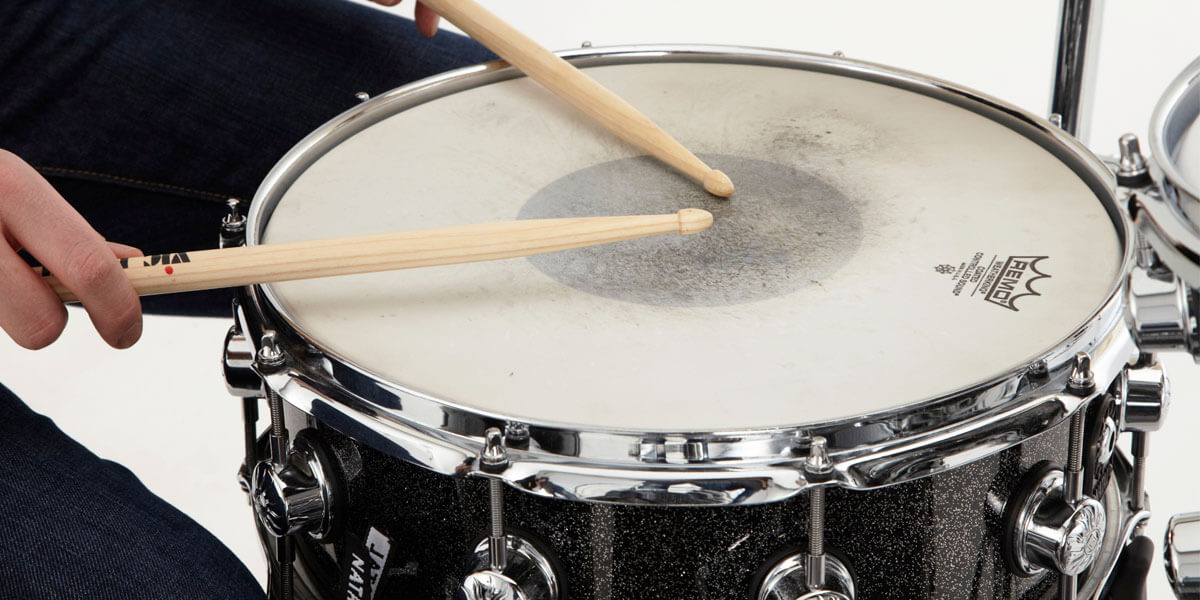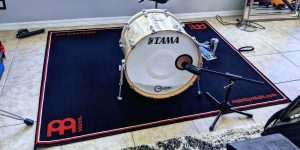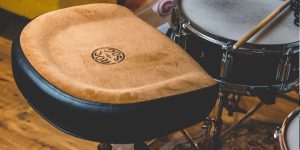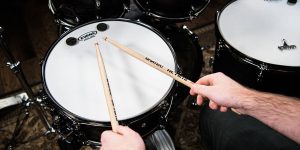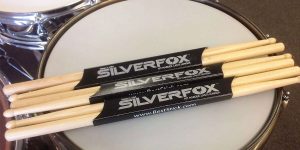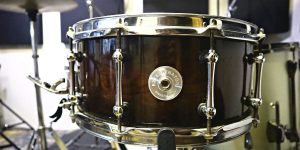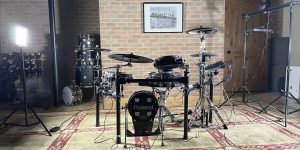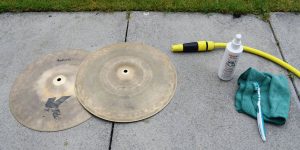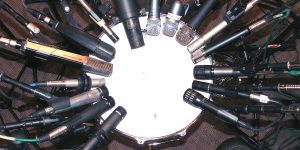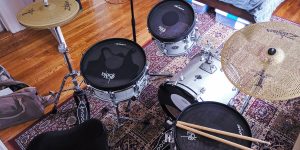Mastering drumming dynamics is a complex art, hinging not just on rhythm and timing but also on the quality and characteristics of the sound produced. Among the keys to sound quality is the concept of drum dampening. Based on my experience, I can claim that the diversity of drum-dampening options available to drummers can significantly alter the sound frequencies produced, offering a more refined control over their music.
Why dampen drums?
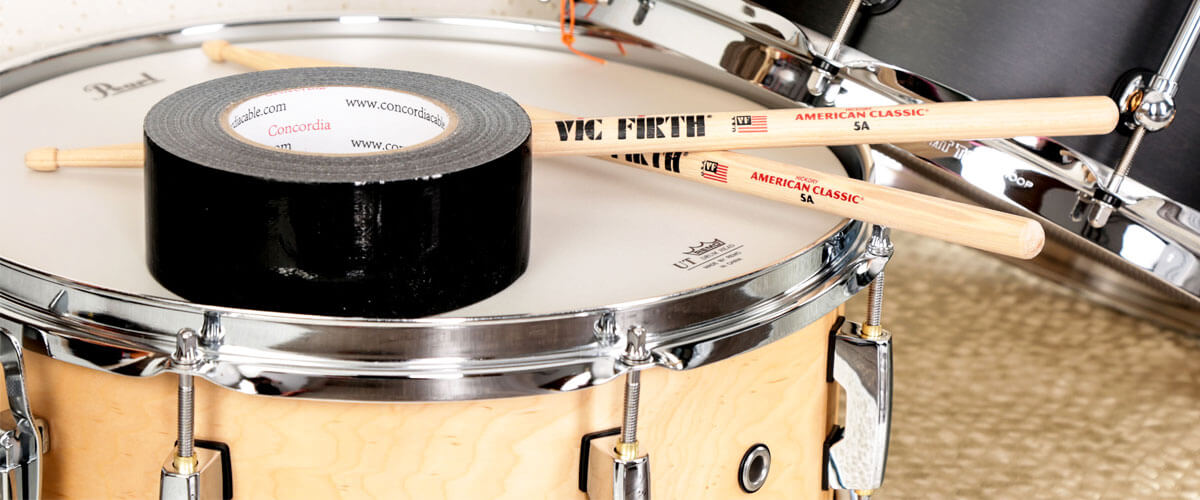
Drum dampening, including drum-dampening products, plays a vital role in shaping the sound according to various musical styles or genres. When appropriately used, these products can significantly influence the ‘voice’ of your drums to suit any musical context. Here are several reasons why dampening drums is beneficial:
- Control of sustain: By dampening drums, you gain control over the sustain or the amount of time the drum sound lingers. This allows drummers to fine-tune their sound to fit the musical context—whether it requires a brief, punchy note or a long, lingering tone.
- Reduction of overtones: Undampened drums can produce unwanted overtones or ringing sounds, especially in live or recording settings. Dampening helps minimize these overtones, ensuring a cleaner and more controlled sound.
- Enhanced sound focus: Dampening improves the focus of the drum sound, allowing the fundamental tone of the drum to stand out more clearly. This results in a more defined, punchy sound that can cut through the mix more effectively.
Here’s a brief comparison of dampened and undampened drums:
| Feature | Dampened drums | Undampened drums |
|---|---|---|
| Sustain | Controlled, can be adjusted | Long and potentially uncontrolled |
| Overtones | Reduced, resulting in a cleaner sound | Prominent, may lead to unwanted ringing |
| Sound focus | Enhanced, the fundamental tone stands out | Less focused, the sound may be muddied |
By understanding and applying these dampening techniques, you can gain a deeper mastery of your instrument’s sound and offer a more compelling musical performance.
Types of drum dampening methods
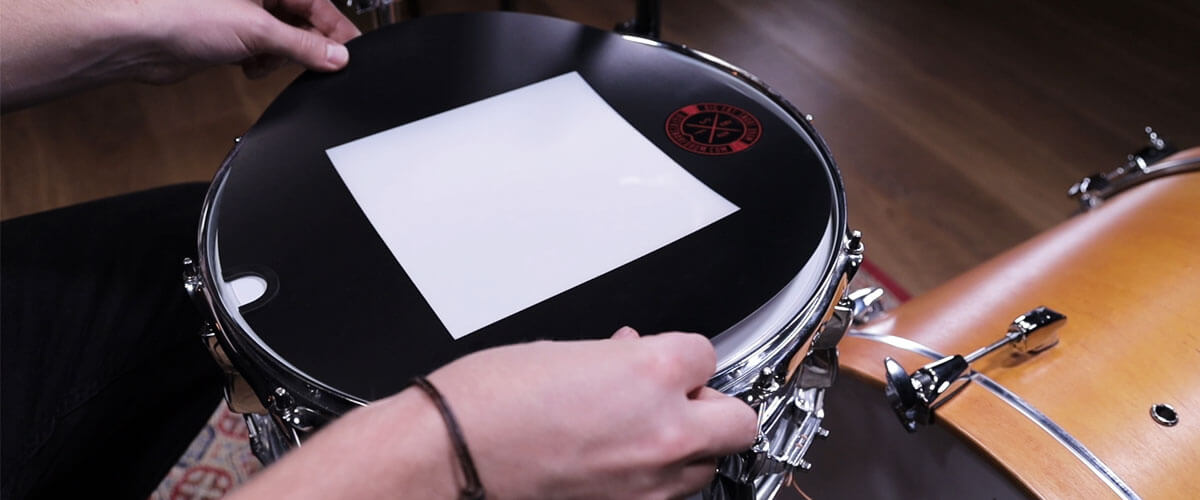
As drummers aim for the perfect sound, they often turn to various drum-dampening methods. These range from choosing specific drumheads, and utilizing external dampening tools, to employing internal muffling techniques.
Drumheads
Drumheads can significantly influence the sustain and tonal characteristics of a drum. There are three main categories:
- Standard drumheads: These are typically made of a single ply of clear plastic. They offer a bright sound with good sustain but may produce unwanted overtones.
- Coated drumheads: The coating increases the dampening effect, resulting in warmer sounds with less sustain and fewer overtones.
- Hydraulic drumheads: These heads contain a thin layer of oil between two plies of film, providing maximum dampening. They produce a deep, focused sound with minimal overtones.
External dampening
Several products can be added to drumheads to dampen the sound:
- Dampening rings and control rings: These are circular plastic rings that lie on the drumhead, reducing overtones and controlling sustain.
- Drum gel and damping pads: These reusable, sticky gels adhere to the drumhead, reducing ringing and overtones.
- DIY solutions: Simple household items like cloth or tape can be used for dampening, though they may not offer the same level of control as dedicated products.
Muffling and internal dampening
Muffling refers to methods of dampening that take place inside the drum:
- Bass drum muffling: Bass drum muffling techniques include using pillows or blankets inside the drum to absorb sound, reducing boominess.
- Snare drum muffling: Options include adjusting the snare wires or applying duct tape on the drumhead to control ringing.
- Tom drum muffling: Drum rings or felt strips can be applied to the drumhead to reduce overtones and control sustain.
Below is a summary table:
| Dampening method | Types | Description |
|---|---|---|
| Drumheads | Standard, Coated, Hydraulic | Drumheads inherently control the sound characteristics of a drum. Coated and hydraulic heads provide more dampening than standard ones. |
| External dampening | Dampening rings, Drum Gel, DIY Solutions | These options can be added to or removed from drumheads to control sustain and overtones. |
| Muffling | Bass drum, Snare drum, Tom drum | Techniques applied inside the drum or to the drumhead to absorb sound and control sustain. |
FAQ
Can drum dampening be adjusted for different musical styles or genres?
Absolutely, drum dampening, including snare drum dampening, plays a vital role in shaping the sound according to various musical styles or genres. For instance, jazz often calls for open, resonant tones with more sustain, requiring minimal dampening.
Can drum dampening techniques be used in both recording and live performance settings?
Yes, drum dampening techniques, including bass drum dampening, can be beneficial in both recording and live performance settings. In recording situations, dampening helps control unwanted overtones that can interfere with the clarity of the recording. During live performances, dampening can help achieve a more focused, controlled sound that cuts through the mix, especially in acoustically challenging venues.
Can drum dampening compensate for poor drum tuning?
While drum dampening can help control overtones and sustain, it is not a substitute for proper drum tuning. Tuning is fundamental to achieving the drum’s desired pitch and tone. A drum dampener, on the other hand, is about refining and controlling that sound. A well-tuned drum will always sound better, whether dampened or not. Thus, while a drum dampener can enhance a well-tuned drum, it won’t fix the issues stemming from poor tuning.
Will drum dampening affect the durability and lifespan of my drumheads?
Generally, drum dampening does not negatively impact the durability and lifespan of drumheads. Most dampening techniques involve non-invasive adjustments, like adding external dampening products or adjusting the drumhead tension. These don’t inherently damage the drumhead.

